All About Choke Washers
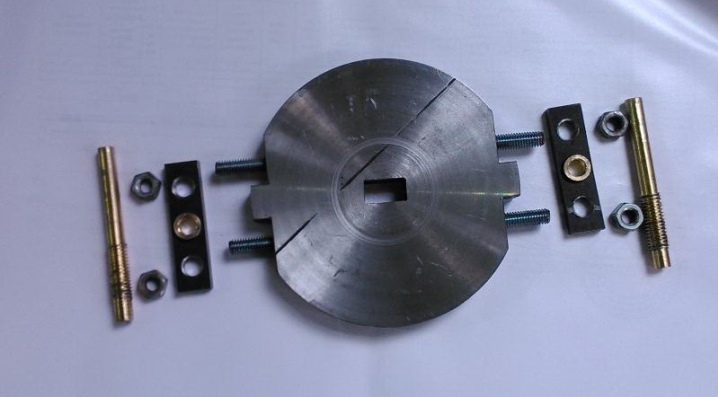
In a heating system, such a washer is installed on a fixed input into residential buildings, with their help, the volume of supplied heat and pressure at the inlet during operation is limited. It is thanks to the washer that a balance between pressure can be maintained and a stable coolant supply can be guaranteed throughout the entire heating season. The device itself looks like a metal disc with a threaded hole in the center. Its size is carried out depending on the project standards or the technical requirements of a particular heating system. Calculations, having all the formulas at hand, can be done independently. As the initial data, unique data on the heating costs of a particular house and a temperature limit with water pressure will be required.

What is it and what is it for?
The throttle washer is a very important part of the heating system, but the fact is that not everything is regulated by simple and specific GOST parameters. The heating system can have many branches and nodes for subscribers who need heat supply. Either a nearby boiler house or a central heating point serves as a regulated heating source. In the systems for the pipeline, a flow metering part of the equipment is provided, which ensures the calculation of the supplied heat.
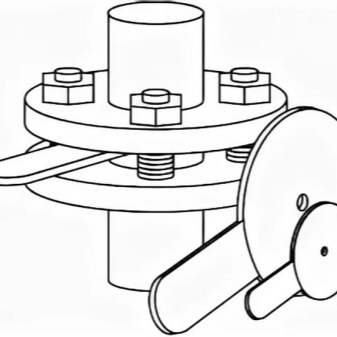
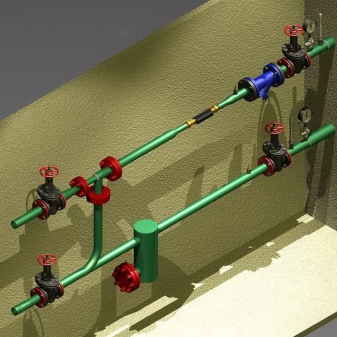
The devices are installed in special thermal chambers and subscriber units. This is an indispensable part of the heating system in every residential building. The throttling washer can have different types of construction, changing the input and output of heat directly in the process of operation. This makes it possible to use it in different thermal modes, and such mechanisms can be installed without wasting time on depressurizing heating networks.

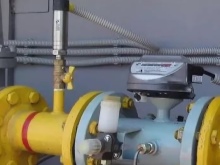
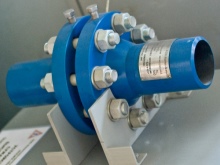
The diaphragm and calculation washers installed in each subscriber unit with a threaded connection significantly help to reduce heat costs, while the quality of services is not lost, but, on the contrary, increases. It, in turn, it qualitatively affects the operation of heating mains as a whole, reduces the total cost of allocated resources, including electricity, since the voltage is evenly distributed over the radiators.
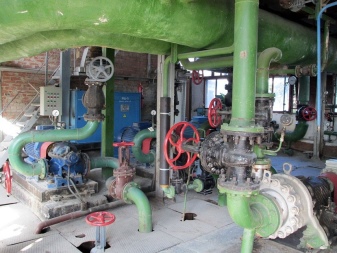
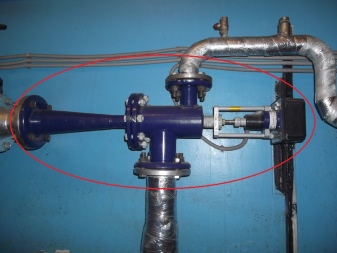
Such a washer for all heating systems is made based on calculations and formulas. It resembles a steel disc in shape and uses sheet metal as the starting material, which can be as thick as 4 mm or more. The threaded hole is drilled in the center, its diameter according to state quality standards does not exceed 3 mm. Depending on the diameter of the washer, its thickness also changes. If the diameter is approximately 90 mm, then the thickness can be up to 3 mm.
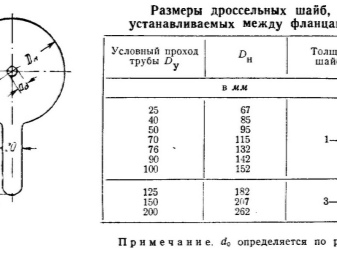
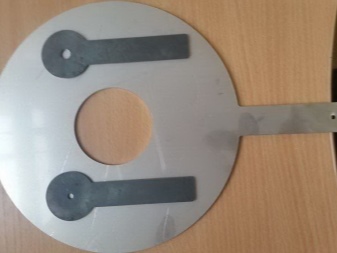
For each product, the parameters are calculated individually.
The hole itself is long in the center and two opposing rods that control the washer on the sides. Depending on where exactly they are located, the design features also change. If they are retracted, the limit of the minimum diameter that is observed during manufacture is 5.5 mm inclusive. Accordingly, if they are extended outward, the outer diameter should not exceed 18 mm. Adjusting the position of the washer is possible with a special wrench.
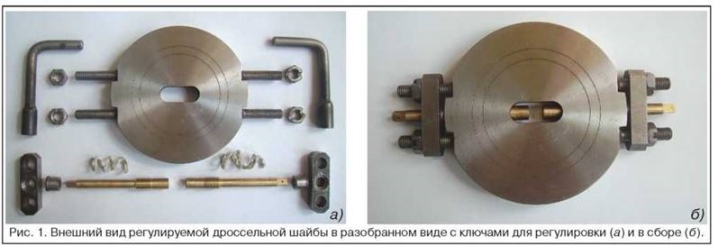
In addition, the design can provide for the possibility of special stoppers for the rods so that the user cannot accidentally shift the position of the washer, thereby knocking down the overall balance of the heating network. In general, washers can be divided into several varieties.
- With a modified body shape. In this case, the steel disc is positioned in a very special way. During adjustment, the upper stem moves, which provokes the displacement of the center disc along with the threaded hole in the middle. But such a design increases the risk of the possibility that the disc will jam in the middle several times. It is impossible to do it on your own, since there are many small parts and key assemblies, and when using low-quality materials, the risk of melting the structure increases, since the work is somehow carried out at high temperatures.
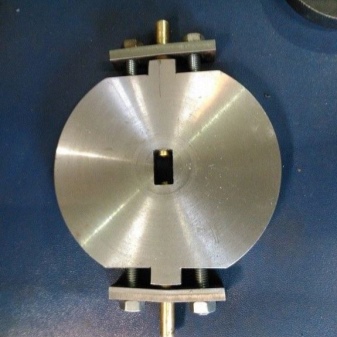
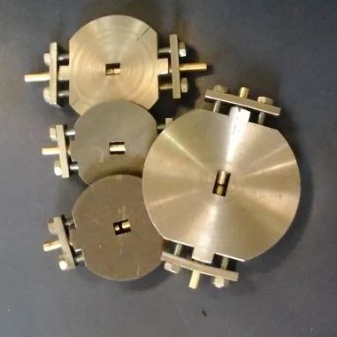
- Another type of design is made from several choke parts. They are treated in a special way already at the manufacturing stages, the parts are denser during installation, and their design is quite simple. Washers are secured in the desired position using special nuts. They are static and are usually used in the summer when you do not need to think about regulating pressure and supplying heat.

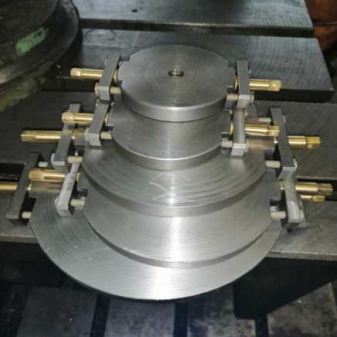
Appointment
The throttle washer performs one specific task - the distribution of heat in the heat supply system. She is also responsible for adjusting the pressure so that the entire system does not malfunction. They are manufactured according to predetermined stringent parameters and tested before use. Traditional washers have one threaded hole in the center and are installed at a specific location in the structure.
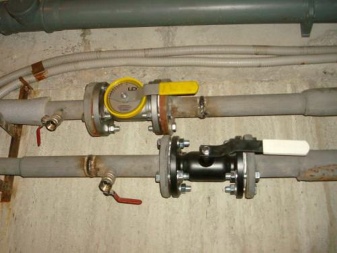
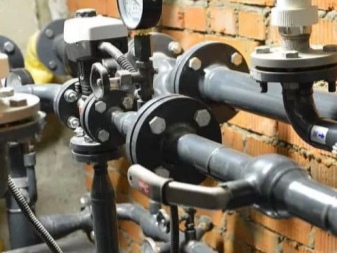
When changing the parameters, a complete recalculation and installation of all key elements will be required, so the repair of the coolant may take several days.
How to install?
In addition to installation, it is very important to carry out the calculation correctly - these are two key steps that must be paid attention to.

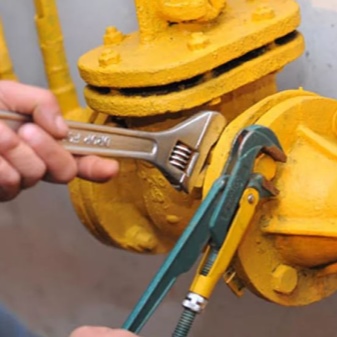
Payment
To carry out a calculation for a heating system means to take into account not only the diameter of the washer hole, but also several other key parameters. Despite the fact that only one single formula is used in calculating the pressure for water and gas, it still remains a complex and responsible process. The main role here will be played by the accuracy of the initial data, which guarantee uninterrupted thermal and hydraulic operation. Based on the calculations performed, a washer is made with the required hole and section. The calculation can be carried out in two ways:
- manually;
- using specialized software.

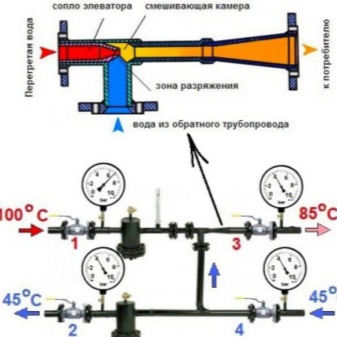
The manual calculation is carried out according to the formula Д = 10х? Р / ΔН, where the “P” operand determines the heat flow rate when exposed to the maximum temperature in both pipeline options - supply and return, and the second determines the pressure that can be extinguished by the diaphragm in this system. The diameter of the washer in this case, according to state quality standards, in any case will not be less than 3 mm. If the hole is lower, and the diameter itself is smaller, there is a possibility of clogging it with small particles. Most often it is rust, and after a blockage, the heating system in a residential building will not work, in general, and all work will have to be started completely anew, with the preliminary removal of all water from the heating network.

As for the main parameters, the same total water consumption can be taken from the design documentation. To establish this parameter, the master conducts a number of necessary tests. It is also spelled out in the contracts for heat supply services of the residential complex.
The throttled head, which is damped by the diaphragm, is calculated from the pressure difference between the supply and back pressure in the pipes. Strictly speaking, this is the minimum and maximum indicator of indoor pipes. The hydraulic resistance is also taken into account, where the entire loss of pressure in heating networks is summed up. Hydraulic calculation is always the first step, and for each system it is carried out separately according to a number of mandatory recommendations:
- the water pressure when switched on must be at least 6 m;
- before the calculations, the parameter of hydro loss of 1-2 m inclusive is taken into account;
- the size of the washer is always determined in advance and taking into account possible hydro loss, so that in the end it fits as tightly as possible;
- the maximum head should not exceed a parameter of 40 m;
- the hole of the washer is always slightly larger than the hole of the assembly, while it should turn smoothly and freely.

If calculations need to be performed in large quantities, then it is better to perform them using special software. Here the user is only required to set the necessary parameters and wait for the result. Calculations according to the formulas and the cycle will be carried out automatically.
Installation
How to install the washer correctly? After performing the calculations and matching the dimensions, it remains only to attach it to the desired hole, securing its position with a nut. The fastening must be as tight as possible for the heating system to work. It is worth checking the reliability of the fasteners before starting the system!
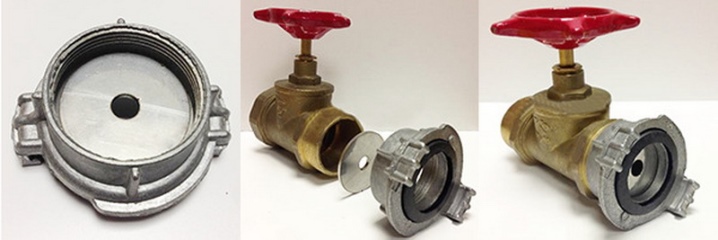
Adjustment
The adjustment of the heating network takes place in several key stages. At the very beginning, a plan for adjusting the heating system is being developed. It should be remembered here that each heating system, in its essence, is unique, even if it invariably adheres to all state standards of world quality. It is thanks to them that there are several basic patterns between the systems, but this does not exclude the need to carry out a hydraulic calculation of the network at the very beginning of work. There are several calculation methods in this case.
- Manually without using automated computer systems. Calculations will require utmost care and will relate to each section of the heating network. The calculation results in this case have a purely theoretical background, and any error can lead to an incorrect assessment of the entire state of the heating network as a whole.
- The second method is practically the same, but here you can use numerical computers and get the results of calculations in just a few minutes. A mistake can be made here only if the initial parameters are incorrectly set in the computational program.
- Specialized organizations can also help in the calculations, which guarantee the quality of the services provided and quick calculations using specialized software.

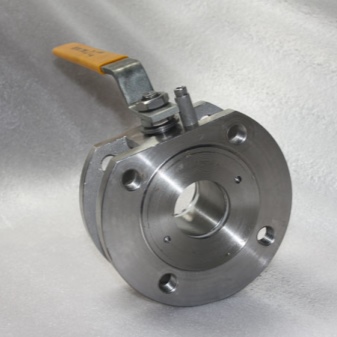
But the first stage is only preparation for the adjustment of the heating network as a whole. It is very important from the point of view of organizing the work of the entire system. The possibility of error cannot be ruled out, so the calculations must be rechecked before proceeding to the next step.
At the second stage, the option and the possibility of installing throttle washers on the heating network are determined. For this, the master also has several possible choices.
- According to the calculations, install the washers in the standard places - at the inlets and outlets of the pressure control. But such a solution is not suitable for all heating networks, some may simply stop working, and everything will have to start over.
- Make and install washers according to calculations. Here, not only their sizes, place of installation, but also their quantity are strictly regulated. In no case is it recommended to decrease or increase it in order to comply with the network load.
- Installing a balancing valve or orifice plate is a tricky choice for the user. But it is worth considering that a cheaper analogue may simply not fit purely physically based on the calculation of the hole. The installation should be as accurate as possible and with respect to the range, and it is better if the person already has at least a little experience in this.
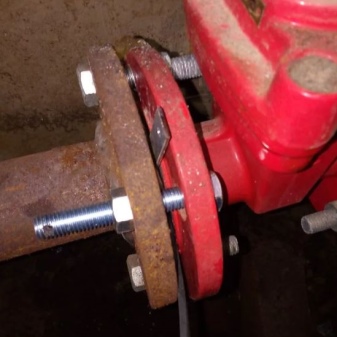
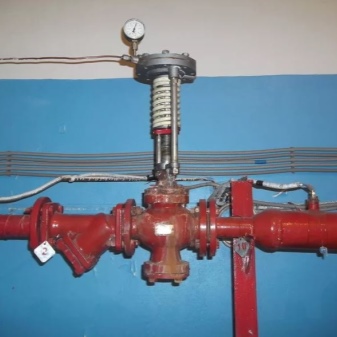
The heating system is then started up and tested immediately before the next step. And if the indicators differ from those shown in the calculations, the master may have several ways out of this situation.
- When using unregulated devices, it is better to recalculate all problem areas where a pressure or temperature failure is noticed. If there is no time to carry out a complete reinstallation, you can try to balance the system with additional washers with a specific thread for the situation in order to set the pressure to the optimal level. A complete reinstallation is possible only at the end of the heating season, since it becomes impossible to service subscribers during this period.
- Everything is much simpler if adjustable washers were used in the design. In this case, a complete recalculation and reinstallation is not required, and you can easily adjust each problem area separately, and then check all possible parameters.

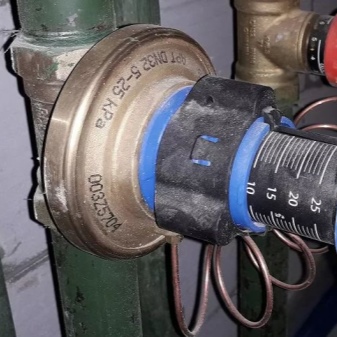
Regulated devices can and should be used, since they are much more efficient for any heating network, and given that at the first stage, the accuracy of calculations will still drop by about a third, this is already a qualitative way out!
For information on how to correctly calculate the size of the choke washers, see the next video.













The comment was sent successfully.